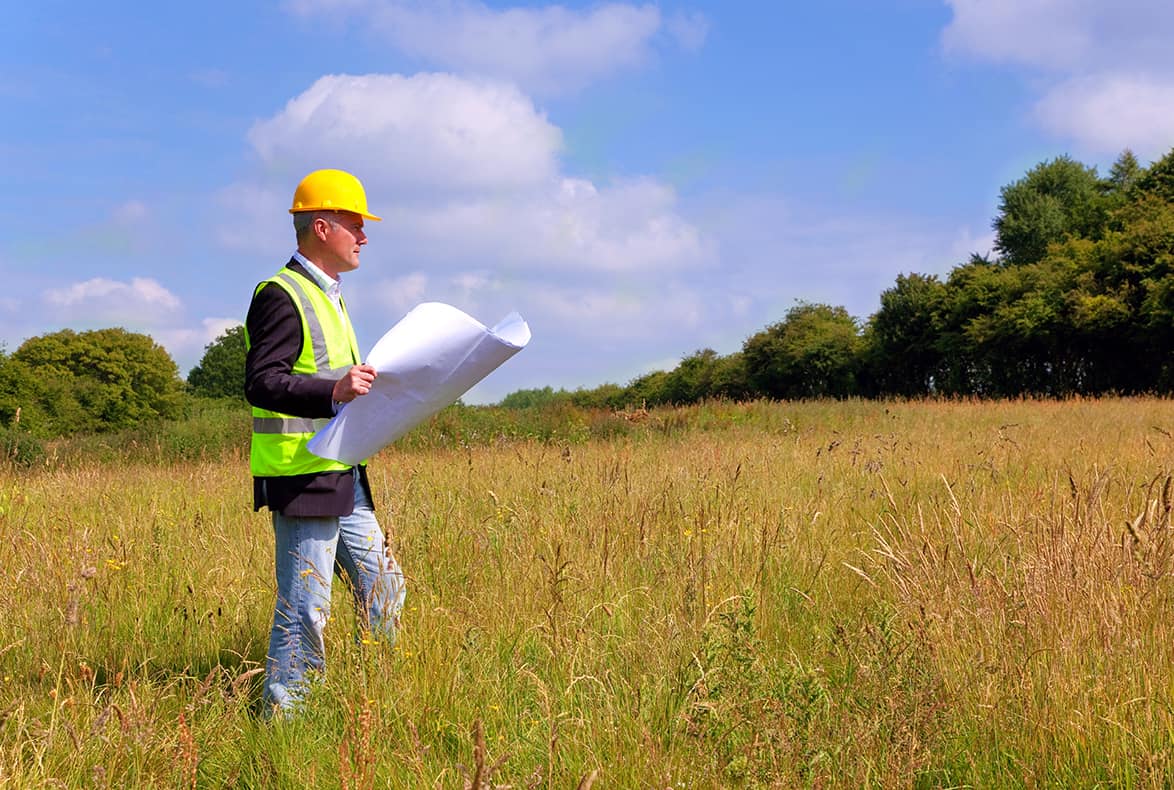The protection of those who live, work and play in communities where pipelines operate is at the very heart of our energy industry.
But how?
While members of the pipeline community take their responsibility to safely deliver critical energy resources very seriously, you may not fully understand how their commitment to safety is reflected in their efforts to design, construct, operate and maintain infrastructure in a responsible manner.
So let us take a moment to paint a clearer picture of the care that goes into pipelines—the safest and most reliable way to transport the energy products American’s need to support their daily activities.
Keeping Communities Safe

The protection of those who live, work and play in communities where pipelines operate is at the very heart of our energy industry.
But how?
While members of the pipeline community take their responsibility to safely deliver critical energy resources very seriously, you may not fully understand how their commitment to safety is reflected in their efforts to design, construct, operate and maintain infrastructure in a responsible manner.
So let us take a moment to paint a clearer picture of the care that goes into pipelines—the safest and most reliable way to transport the energy products American’s need to support their daily activities. 
Threading the needle
Before any ground is even broken, a path that offers the least impact from start to finish is determined. Route selection takes many cr itical factors into consideration, including environmentally-sensitive areas, wildlife, waterways, nearby communities, schools and historical sites, and residents and landowners in the possible vicinity. Organizations will also explore routes where pipeline projects can utilize existing infrastructure that runs along utility corridors, beside railway lines or areas with current pipelines in place.
itical factors into consideration, including environmentally-sensitive areas, wildlife, waterways, nearby communities, schools and historical sites, and residents and landowners in the possible vicinity. Organizations will also explore routes where pipeline projects can utilize existing infrastructure that runs along utility corridors, beside railway lines or areas with current pipelines in place.
 itical factors into consideration, including environmentally-sensitive areas, wildlife, waterways, nearby communities, schools and historical sites, and residents and landowners in the possible vicinity. Organizations will also explore routes where pipeline projects can utilize existing infrastructure that runs along utility corridors, beside railway lines or areas with current pipelines in place.
itical factors into consideration, including environmentally-sensitive areas, wildlife, waterways, nearby communities, schools and historical sites, and residents and landowners in the possible vicinity. Organizations will also explore routes where pipeline projects can utilize existing infrastructure that runs along utility corridors, beside railway lines or areas with current pipelines in place.Prospective pipeline operators will also typically seek community feedback as part of their commitment to treat their neighbors in their operating areas with care and consideration. Public engagement can take the form of open houses, community meetings and virtual office hours to listen to resident experiences, understand community expectations and address questions.
After numerous surveys and studies, a comprehensive plan is created that addresses the societal, developmental, environmental and safety considerations. These plans are part of the stringent permitting process from federal, state and local entities, necessary before any construction can begin.
Piecing together the system
Putting the pieces of a pipeline system together isn’t as simple as joining some pipes and calling it a day—this isn’t the marble maze set you had as a kid.
It begins with materials that have the durability, longevity and reliability to create a safe operating environment for the long haul. Pipelines are constructed with high-quality materials, such as US steel, and are designed to align with stringent federal and state regulations on material, strength and thickness. However, many of the materials used actually exceed these specs, just to be on the safe side.
To get a bit more technical, each joint of pipe is thoroughly inspected before leaving the mill and all the welds are examined by x-ray before the line is even laid into the ground. When it’s placed, which is typically at a depth of four feet but can vary based on existing geology and requirements, the line is filled with water to test pressure and verify integrity—a trick called hydrotesting. The length of the pipeline is then closely examined to ensure that there are no issues with the pipe’s coating.
Running the tests, 24-7
After all the required boxes have been checked (and re-checked a few more times), the pipeline is put into service. But this doesn’t mean the work stops—not even close.

Each hour of each day, all year ‘round, highly-trained pipeline controllers use advanced technology to carefully monitor pipelines, watching for the slightest of anomalies that could indicate some sort of issue. These professionals are ready at a moment’s notice to shut a pipeline down if there are any signs of danger, and quickly deploy resources to site to assess and address any potential issues.
Ongoing proactive inspections and preventive maintenance activities help keep the system in tip-top shape. Operators use state-of-the-art tools to continually inspect the pipe interior and trained field inspectors frequently walk or fly the pipeline right of way to monitor conditions underground, at the surface and in the environment.
To wrap it all up
Though the 200,000+ miles of oil pipelines crisscrossing the United States may be out of sight, they are never out of mind for the industry professionals who are personally devoted to their community’s safety. Each day, these pipelines safely transport millions of barrels of responsibly-produced energy to Americans and will be an essential part of America’s energy mix for years to come.